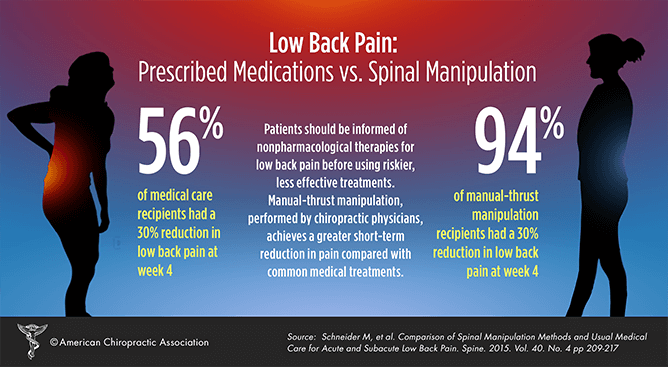Prepare Yourself To Discover The Interesting Cellular Communications Of Cold Laser Treatment And Its Utilization Of Light For The Purpose Of Healing. Delve Further Into The World Of Scientific Research!
Prepare Yourself To Discover The Interesting Cellular Communications Of Cold Laser Treatment And Its Utilization Of Light For The Purpose Of Healing. Delve Further Into The World Of Scientific Research!
Blog Article
Created By-Jespersen Bartlett
You may have come across cold laser treatment as an encouraging treatment alternative for various problems, but have you ever before wondered exactly how it really works on a cellular level? Recognizing the mechanisms behind this therapy can clarify its efficiency in promoting recovery and lowering swelling. By discovering the science behind cold laser therapy, you'll obtain insights into the remarkable ways in which light can affect mobile procedures and assist in cells repair work.
Exactly How Cold Laser Treatment Works
To recognize how cold laser treatment works, you need to grasp the basic principles of just how light energy communicates with biological tissues. Cold laser therapy, additionally referred to as low-level laser therapy (LLLT), uses particular wavelengths of light to penetrate the skin and target hidden cells. Unlike the intense lasers made use of in operations, cold lasers produce low levels of light that don't generate warmth or trigger damages to the tissues.
When simply click the next web page get to the cells, they're taken in by components called chromophores, such as cytochrome c oxidase in mitochondria. This absorption sets off a collection of biological feedbacks, consisting of boosted mobile power manufacturing and the launch of nitric oxide, which enhances blood circulation and minimizes swelling.
Furthermore, laser connecticut can likewise stimulate the production of adenosine triphosphate (ATP), the power currency of cells, helping in cellular fixing and regrowth processes.
Essentially, cold laser therapy uses the power of light energy to advertise healing and ease discomfort in a non-invasive and gentle manner.
Systems of Activity
Just how does cold laser treatment in fact work to generate its restorative impacts on biological cells?
Cold laser therapy, likewise called low-level laser treatment (LLLT), operates via a procedure called photobiomodulation. When the cold laser is related to the skin, the light energy penetrates the cells and is absorbed by chromophores within the cells.
These chromophores, such as cytochrome c oxidase in the mitochondria, are then stimulated by the light power, leading to a waterfall of organic responses. One crucial device of action is the improvement of cellular metabolic rate.
The soaked up light power increases ATP manufacturing in the mitochondria, which is essential for mobile feature and repair service. Furthermore, cold laser treatment aids to decrease inflammation by preventing inflammatory mediators and promoting the launch of anti-inflammatory cytokines.
https://www.healthline.com/health/mens-health/dermaroller-for-hair anti-inflammatory impact contributes to pain alleviation and cells recovery.
Healing Impacts
Understanding the healing effects of cold laser therapy entails acknowledging exactly how the boosted cellular metabolism and anti-inflammatory buildings contribute to its favorable results on biological cells.
When the cold laser is applied to the affected location, it stimulates the mitochondria within the cells, bring about boosted manufacturing of adenosine triphosphate (ATP), which is critical for cellular feature and fixing. This boost in cellular energy accelerates the recovery procedure by advertising cells regrowth and minimizing swelling.
Moreover, the anti-inflammatory buildings of cold laser therapy help to lower discomfort and swelling in the targeted area. By inhibiting inflammatory mediators and promoting the release of anti-inflammatory cytokines, cold laser therapy aids in relieving discomfort and improving the overall healing response.
This reduction in inflammation not just offers instant relief however likewise supports long-lasting tissue fixing.
Conclusion
In conclusion, cold laser treatment functions by promoting cellular fixing and tissue regeneration via photobiomodulation. Its anti-inflammatory properties provide discomfort relief and minimize swelling by hindering inflammatory conciliators.
This treatment offers a thorough technique to healing, delivering both instant alleviation and long-lasting tissue repair service benefits.
Through its devices of action, cold laser therapy proves to be an efficient and appealing treatment alternative for a variety of problems.
